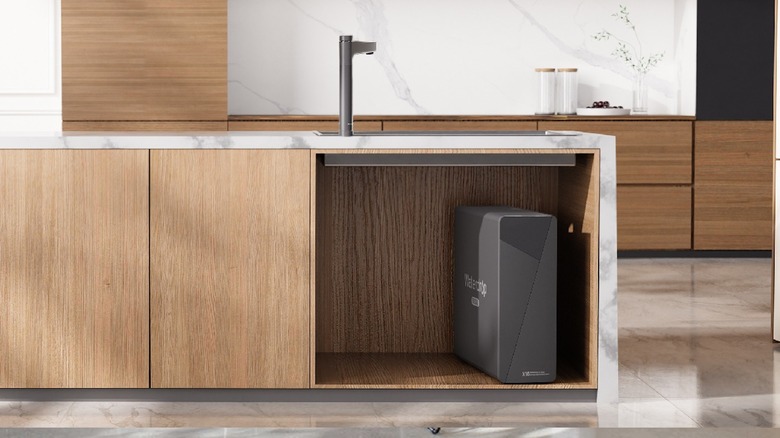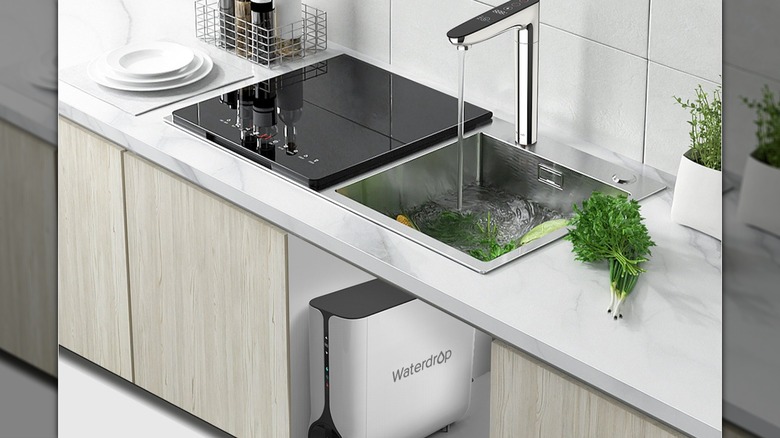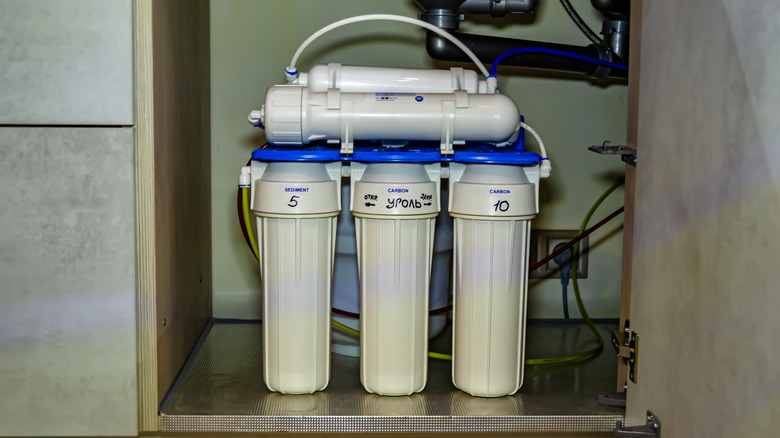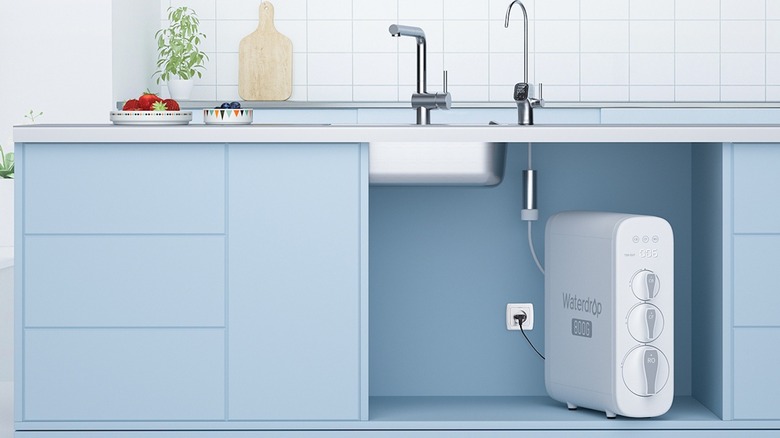Waterdrop Filter: Your Budget-Friendly Solution For Pure Water
Sponsored Content. We may receive a commission on purchases made from links.
Clean drinking water is essential, but in many places around the world, what comes out of the tap is not necessarily of the best quality. This includes tap water in countries like the United States where many take its safety for granted. Rural water sources may get contaminated by agricultural pollutants or byproducts of oil drilling, and well water can sometimes become tainted with heavy metals and radioactive radon gas. Urban locations are increasingly seeing water quality affected by deteriorating infrastructure, and improper wastewater management can cause problems anywhere.
It is a daunting problem to be sure, but the good news is that there is a solution that exists for purifying water right in your home, and it does not require the use of any chemicals — a Waterdrop Filter RO System. RO is short for reverse osmosis, and these systems filter out 99% of all the unpleasant stuff that affects safety and taste such as bacteria, chemicals, dirt, metal, organic matter, protozoa, viruses, salt, and microplastics.
These devices are perfect not just for someone that is concerned about the safety of their water, but also those that have hard water, which can be detrimental to appliances over time and harsh on the skin. Additionally, a Waterdrop Filter RO system eliminates the reliance on purchasing water in single-use plastic water bottles or jugs, and instead gives you access to clean water straight from the tap.
How a reverse osmosis water purifier works
Osmosis is a process through which two solvents move back and forth between a membrane until there are the same amount of molecules on each side. Reverse osmosis filtration uses high pressure to force that water back through said membrane. In doing so, reverse osmosis filters water on a molecular level resulting in pure, filtered water with virtually nothing else except for H2O.
In all RO systems, wastewater is also created in the process, which goes straight down the drain. However, some newer systems, like the Waterdrop Filter Tankless RO System, are much more efficient. They produce around three times more pure water than waste, whereas traditional RO systems may waste up to four gallons or more for every gallon of filtered water produced.
An RO system is superior to a whole house carbon filtration system, which improves water quality, but does not necessarily make it completely safe to drink. That water goes through a filter with holes ranging from 10 to 30 microns in size, whereas an RO device passes water through a 0.0001 micron filter. Both pitcher-based devices (like a Brita) and refrigerator filters also typically use activated carbon — they can reduce contaminants like chlorine, lead, and mercury, but do not eliminate them to the degree that reverse osmosis does.
Why tankless RO systems are superior to a traditional tank
Traditional residential RO systems use a holding tank. While they get the job done, they take up a lot of space. The system also requires that the contaminated water be pre-treated with a sand or carbon filter before going through reverse osmosis. Compared to a tankless device, they produce significantly more wastewater and cost more to maintain.
A Waterdrop Filter Tankless RO System has just one compact box with all the mechanisms enclosed inside, so it is easier to avoid dirtying or damaging the parts. At about half the size of a tanked system, it fits easily under a kitchen sink cabinet or an even smaller space such as in a recreational vehicle or gym water station. You can pour reverse osmosis-filtered water on-demand from a faucet, which means you are always getting fresh water instead of something that has been sitting and going stale. Unlike tanked systems, you can filter as much water as you want without worrying about the volume limitations of a tank.
Tankless RO systems do have a higher installation cost, but the benefits outweigh the upfront investment since the maintenance is more streamlined (the filters require only a few seconds instead of a couple hours to change) and the device works more efficiently. They also require electricity, which does make them easier to install. Having a power hook-up also allows for helpful automated indicators, such as an alert as to when the filters need to be changed.
Which Waterdrop Filter Tankless RO System is right for you
The main differentiator across the Waterdrop Filter RO System models is the flow rate, which is measured in gallons per day (GPD). Greater demands require a higher GPD capacity.
The Waterdrop X16 Reverse Osmosis System has the most capacity with 1,600 GPD and price tag of $1,999. With this device, you can fill a six-ounce cup in just two seconds, making this ideal for larger households (more than 7 people) or businesses. The similar Waterdrop X12 Reverse Osmosis System has a 1,200 GPD capacity and rings in at $1,299 — it can filter 0.83 gallons per minute. The Waterdrop Filter G3P800 has an 800 GPD flow, so it is the most economical of the bunch at about $999 and works best for a smaller family (about five people or less) with more limited cooking and drinking needs. The Waterdrop Filter K6 is the first RO system that offers a specialized instant hot water feature — perfect for an office break room or a tea and coffee enthusiast. It costs $799, has a 600 GPD flow rate, and does have a small tank so the water can be heated.
All these models have the capacity to reintroduce beneficial minerals into the water — it's an automatic feature in the X16 and X12 and optional for the G3P800 and K6. Basically, a reverse osmosis system works so well that it even takes out the good stuff such as calcium, magnesium, and potassium. With Waterdrop mineralization, the earthy taste of spring water is replicated, making for that perfect, great tasting, thirst-quenching glass.




